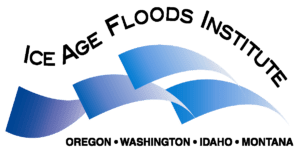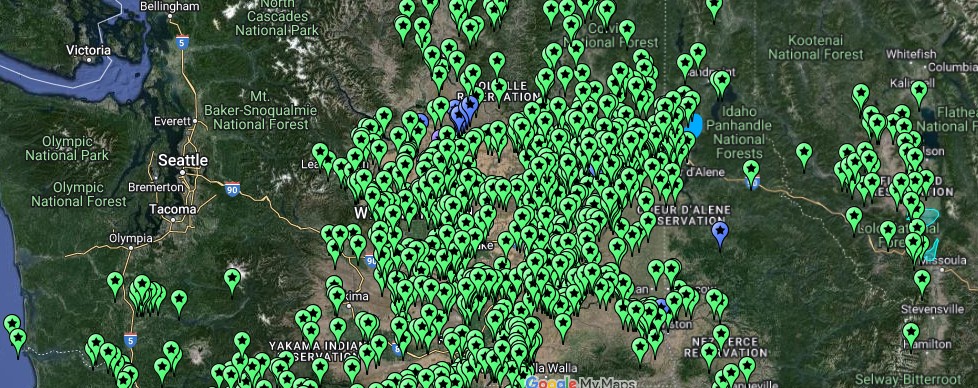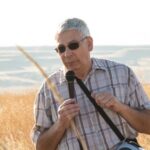New Interpretations of Old Strandlines
Montana Natural History Center 120 Hickory Street, Missoula, MTIt’s that time of the year! Time to contemplate ice ages and glacial lakes. Time for the Glacial Lake Missoula Chapter of the Ice Age Floods Institute’s Cabin Fever Lecture! Warm up your curiosity about those iconic strandlines we can see from town with a lecture from renowned geologist James W. Sears. New “LiDAR ” mapping techniques may imply that the famous Lake Missoula strandlines on Mount Sentinel and Mount Jumbo record only one draining of the ice-age lake. The draining coincided with massive erosion at the bottom of the lake, but passive lowering of lake level at the top, marked by short-term strandlines cut a few inches into thin colluvial soil on the mountainsides. About the Instructor: Dr. James W. Sears received his PhD from Queen’s University, Canada, in 1979, and has taught at the University of Montana since 1982. This is a live event that will not be recorded or streamed.





